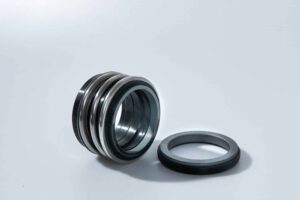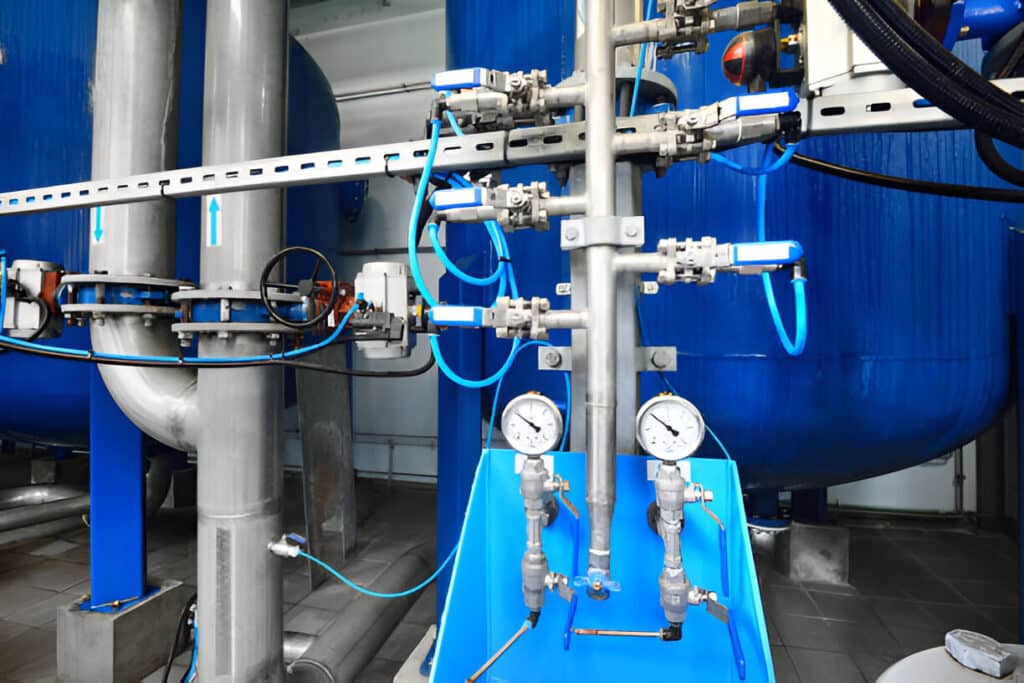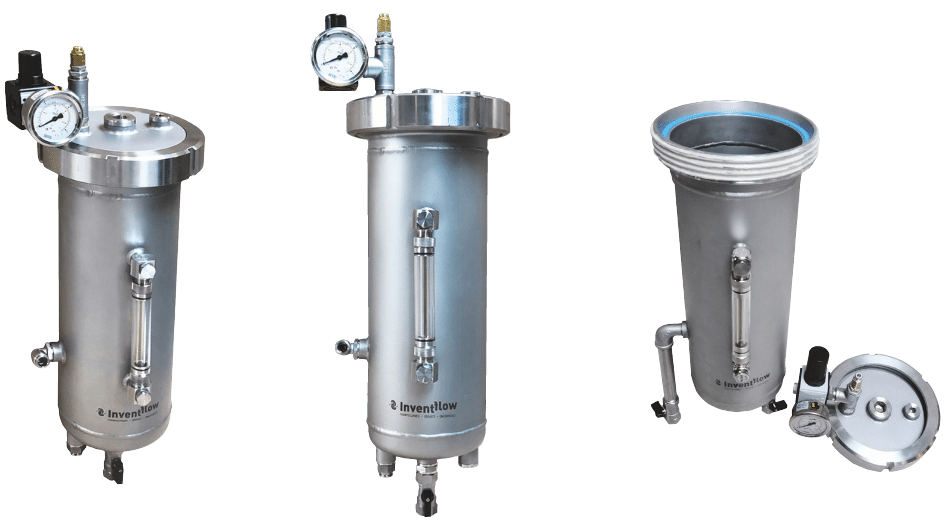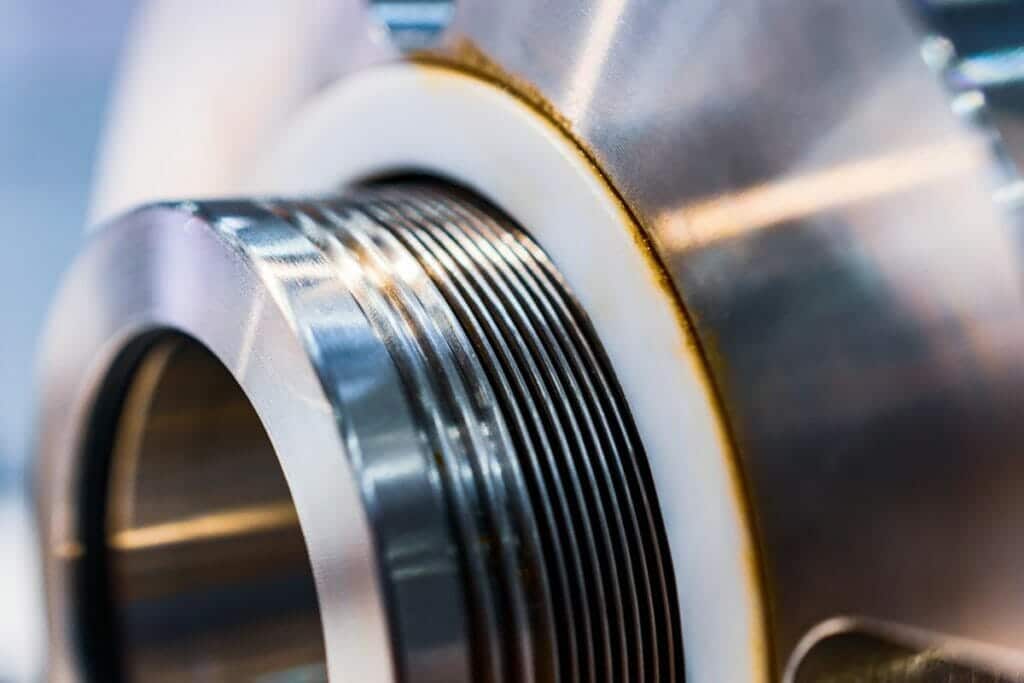Have you ever wondered what keeps your water heater from exploding? The answer lies in a small but crucial component called a thermal relief valve.
This valve acts as a safety mechanism, preventing dangerous pressure buildup in your water heating system. When the temperature or pressure exceeds safe levels, the thermal relief valve automatically opens, releasing the excess and protecting your home from potential disaster.
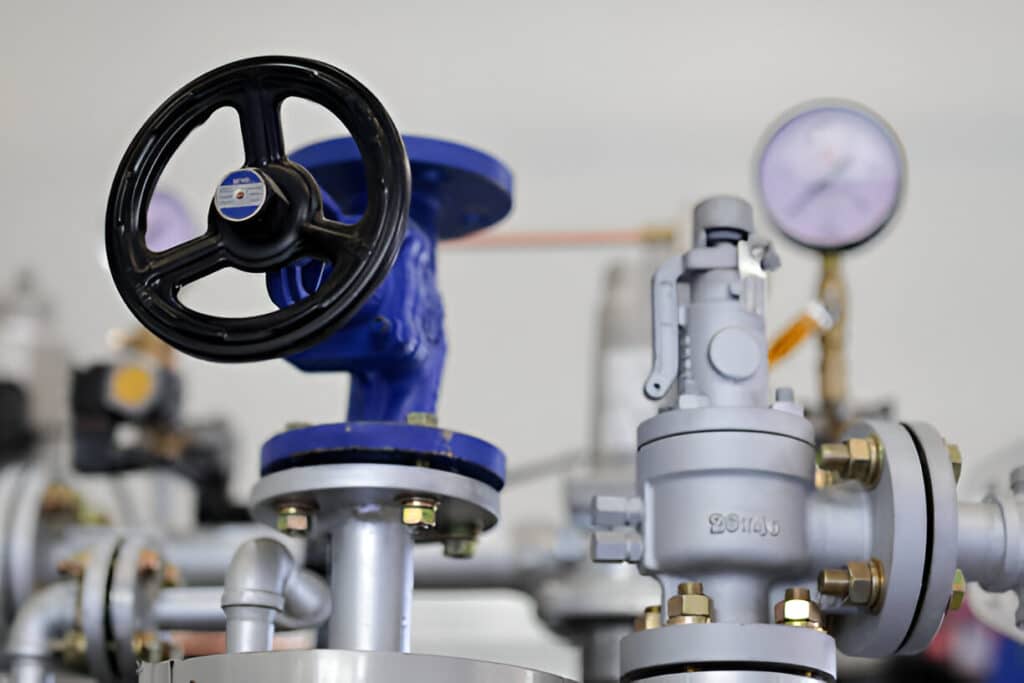
What Is Thermal Expansion
Thermal expansion refers to the tendency of matter to change in volume as its temperature changes. Materials generally expand when heated and contract when cooled. This phenomenon occurs in solids, liquids, and gases, though to varying degrees.
Thermal expansion can lead to excess pressure in closed systems, potentially causing damage. To mitigate this risk, thermal relief valves are employed in various applications. These safety devices automatically release pressure when it exceeds a set threshold due to thermal expansion.
What Are Thermal Relief Valves
Thermal relief valves are safety devices designed to protect pressure vessels, pipelines, and fluid systems from overpressure caused by thermal expansion. These valves automatically release excess pressure when fluid temperatures rise, preventing damage to system components.
Thermal expansion occurs when fluids heat up and increase in volume. In closed systems, this can lead to a dangerous buildup of pressure. Thermal relief valves open at a preset pressure to discharge the expanded fluid and maintain safe operating conditions.

How Do Thermal Relief Valves Work
Thermal relief valves protect systems from excessive pressure caused by thermal expansion. These valves automatically open when fluid temperature rises, causing increased pressure beyond the system’s maximum allowable working pressure.
The valve’s operation relies on a spring mechanism. As pressure builds due to thermal expansion, it exerts force against the spring. When this force exceeds the spring’s resistance, the valve opens.
Thermal relief valves are typically small, with inlet diameters under 1 inch. They’re designed for gradual pressure increases rather than sudden spikes.
In applications like water heaters or long pipelines exposed to sunlight, these valves prevent damage from thermal expansion.
The valves modulate open to discharge hot fluid when temperatures exceed specified limits. They close again once temperatures return to acceptable levels, maintaining system integrity and safety.
Components of Thermal Relief Valves
Thermal relief valves consist of several key components that work together to prevent excessive pressure due to thermal expansion:
- Valve disc: Main sealing element preventing flow under normal conditions
- Disc holder: Supports valve disc, allowing it to float for proper seating
- Blowdown ring: Adjusts valve performance, defines huddling chamber shape
- Spring: Keeps valve closed until set pressure is reached
- Nozzle: Seat against which valve disc seals
- Huddling chamber: Area between disc holder and nozzle affecting opening characteristics
- Bonnet: Houses and protects spring and other internal components
FAQs
What Is the Difference between a Pressure Relief Valve and a Thermal Relief Valve?
Pressure relief valves open at a preset pressure to prevent overpressure.
Thermal relief valves open at a preset temperature to relieve pressure from thermal expansion.
Do I Need a Thermal Relief Valve on a Pressure Washer?
Most pressure washers do not require a thermal relief valve. They are typically used in closed systems where heat can build up.
How Do I Know If My Thermal Relief Valve Is Bad?
- The thermal relief valve is constantly dripping or leaking.
- Water is coming out of the overflow pipe.
- The water heater temperature is too high.
- Pressure builds up quickly in the water heater.
- Strange noises come from the thermal relief valve.
In Conclusion
Thermal relief valves play a crucial role in maintaining the safety and efficiency of plumbing systems. They protect against damage caused by thermal expansion, ensuring the longevity of pipes and appliances.
Consider installing a thermal relief valve in your plumbing system for added protection and peace of mind.
